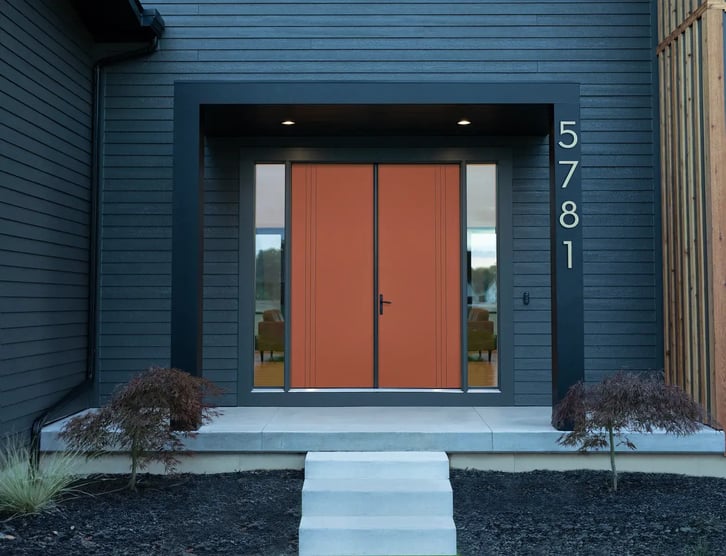A new front door is one of the most important upgrades you can make to your home—not just for curb appeal, but also for comfort, security, and energy efficiency. But with so many options, materials, and considerations to weigh, where do you begin?
Here’s a step-by-step guide to help you choose a front door that meets your needs now and still performs years into the future.
1. Start with Your Priorities
Before looking at brands or styles of entryways, take a moment to clarify what matters most to you. For many homeowners, the top three are:
- Design: You want a front door that enhances the look and value of your home.
- Energy Efficiency: A well-insulated door helps reduce heating and cooling costs.
- Cost: Your budget will help guide material and customization choices.
2. Understand the Scope of Your Project
Not all door replacements are created equal. Ask yourself:
- Can I replace just the door slab?
- Do I need to replace the full frame or door system?
- Will I need professional installation?
The answer can impact your budget, timeline, and available options.
3. Get Inspired
Take a look around—on Pinterest, Instagram, our gallery, or even your own neighborhood—to explore the different front door designs that resonate with your home’s architecture. Whether your style is coastal, craftsman, modern, or traditional, choosing a clear design direction will make the rest of the process much easier.
4. Check for Regional Requirements
Depending on where you live, certain building codes and performance standards may apply. For instance:
- HVHZ (High Velocity Hurricane Zone) and WBDR (Wind-Borne Debris Region) certifications are required in certain Southeastern coastal regions. Learn more about impact rated doors.
From wood to fiberglass to steel, the material you choose affects everything from energy efficiency to durability and maintenance:
- Wood is a classic option, but can swell or warp over time and requires ongoing maintenance.
- Steel is strong and secure, but prone to rust if not properly finished.
- Fiberglass is increasingly popular thanks to its low maintenance, high energy performance, and ability to mimic real woodgrain.
Learn more about the pros and cons of each front door material.
Ultimately your energy goals, desired entryway aesthetic, and budget will help determine the best fit.
6. Visit a Showroom
Once you’ve narrowed your options, visit a local showroom or retailer like Home Depot to see some entry doors in person. This is your chance to:
- Speak with a professional about your project
- Compare measurements of your current front door to others available
- Compare the feel and finish of different materials
- Explore doorglass styles and hardware options
Not sure where to find a local showroom? Use our “Where to Buy” page to input your zip code and find a showroom.
7. Pick your new front door
Many stores carry in-stock doors for quick installation. For more customization—like decorative glass or unique sizes—you may need to place a special order. Be sure to ask about lead times and what to expect during installation.
Bonus Tip: See into the future
It’s easy to focus on price, but the best value often lies in performance and durability. We hear from homeowners who wish they had chosen a better-quality door 12 months after the sale. A well-built, energy-efficient entry door can reduce long-term maintenance costs, increase the comfort of your home, and boost your home’s resale value.
Looking for inspiration or product options?
ODL offers a wide range of energy-efficient, impact-rated, and beautifully designed entry doors that deliver lasting value. Whether you’re just getting started or ready to buy, we’re here to help.




